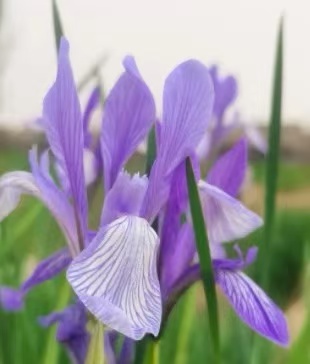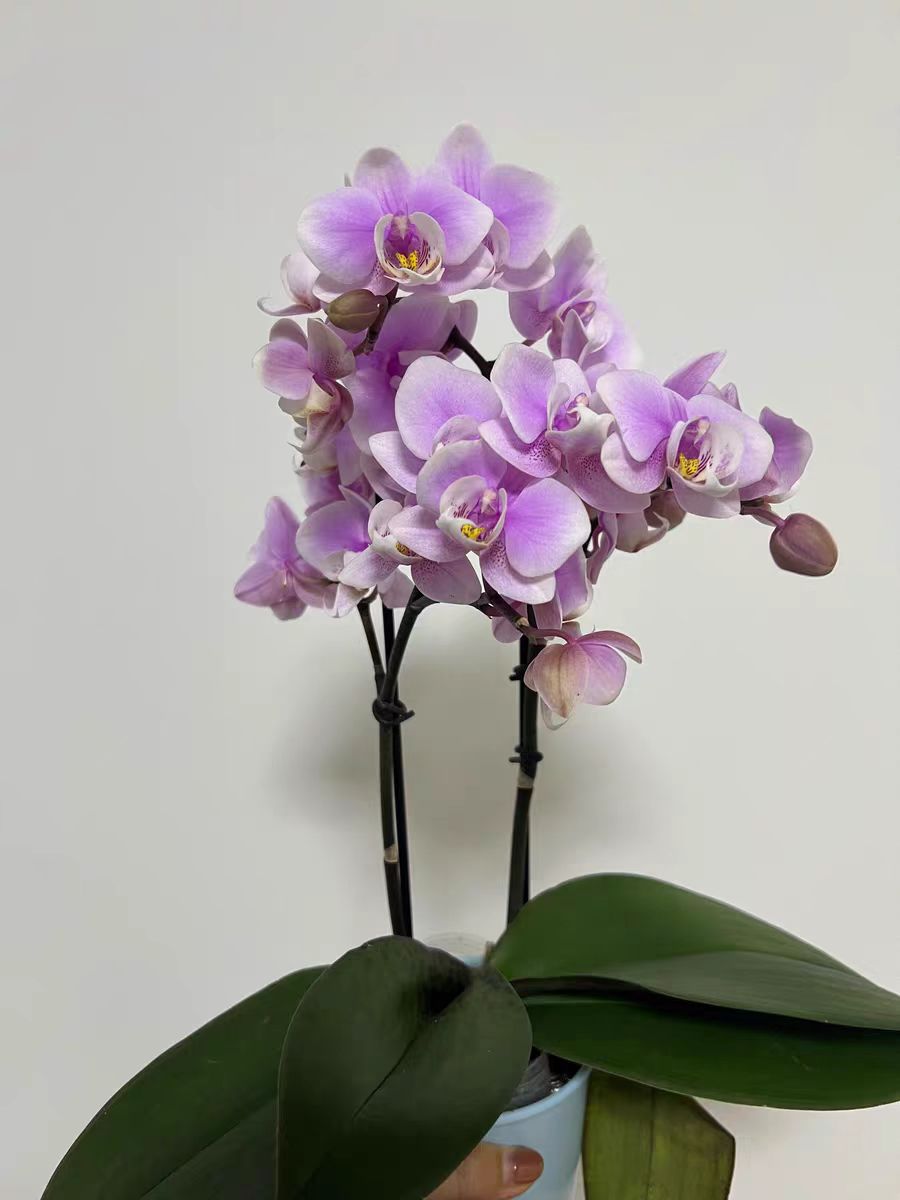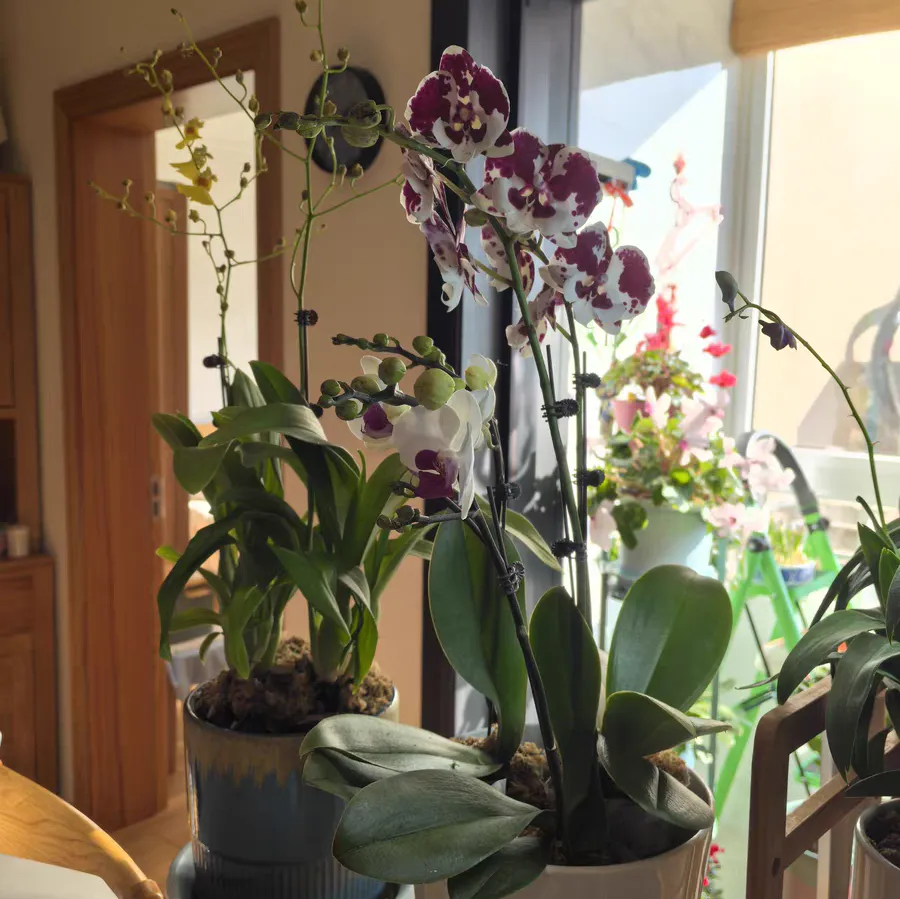In the northern areas, choosing cold-resistant and easy-to-grow ground cover flowers can not only add colors to the courtyard but also maintain vitality during the cold winter. The following are three types of pink ground cover flowers suitable for cultivation in the northern regions. They are not only highly cold-resistant but also easy to maintain, making them a good choice for gardening enthusiasts.
Phlox subulata
Phlox subulata is a perennial herbaceous plant. Its stems are relatively short, and its leaves are awl-shaped and mostly exist in clusters. The length of the flower stems is about 2 centimeters, and the flowers are five-petaled and inverted-heart-shaped, mainly in colors of pink, purplish-red, and pinkish-white. The flowering period is from April to June each year. This flower loves sunlight and warmth, has strong drought and cold resistance, and has a strong adaptability to the soil. It is especially suitable for growing in loose soil environments. Due to its easy propagation and simple maintenance, Phlox subulata is widely used for ground cover greening in the northern regions, especially in the Greater Khingan Mountains area where large-scale cultivation has brought significant economic benefits.
Hosta plantaginea
Hosta plantaginea is a ground cover plant with strong cold resistance and can overwinter outdoors in the northern regions. The height of the scape is about 60 centimeters, and each scape can produce several to more than ten flowers. The flowers are white and fragrant. The leaves are oval-shaped, and the rhizomes are thick. The fruits are cylindrical, about 5 centimeters long and about 1 centimeter in diameter, and the fruiting period is around September each year. Hosta plantaginea is suitable for propagation by division and sowing. Newly planted plants need to be placed in a shady place for seedling acclimation before normal management. The soil should be humus soil or sandy loam, and direct sunlight should be avoided to prevent leaf burns. Hosta plantaginea is not only cold-resistant but also has high ornamental value, making it an ideal choice for courtyard greening in the northern regions.
Iris lactea
Iris lactea is a ground cover plant with strong stress resistance, possessing the characteristics of drought resistance, cold resistance, salt and alkali resistance, and trampling resistance. New seedlings grow rapidly and can develop to maturity in the following year. Iris lactea has diverse propagation methods, which can be either by seeds or asexual reproduction. The germination rate of directly sown seeds is over 80%, and the survival rate of division and transplantation of mature Iris lactea is also very high. Once its vegetation is formed, no later maintenance is required, making it suitable for soil and water conservation, improvement of saline-alkali land and industrial wasteland. The flower colors of Iris lactea are diverse, including pink varieties, adding unique colors and a sense of layering to the northern courtyards.
These three types of pink ground cover flowers are not only cold-resistant and easy to grow but also have their own characteristics, adding colors and vitality to the northern courtyards. During the planting and maintenance process, reasonable management should be carried out according to the growth habits and characteristics of the plants to fully exert their ornamental value.
What are the pink flowers suitable for cultivation in the northern regions?

Share with
Tagged in :




Leave a Reply